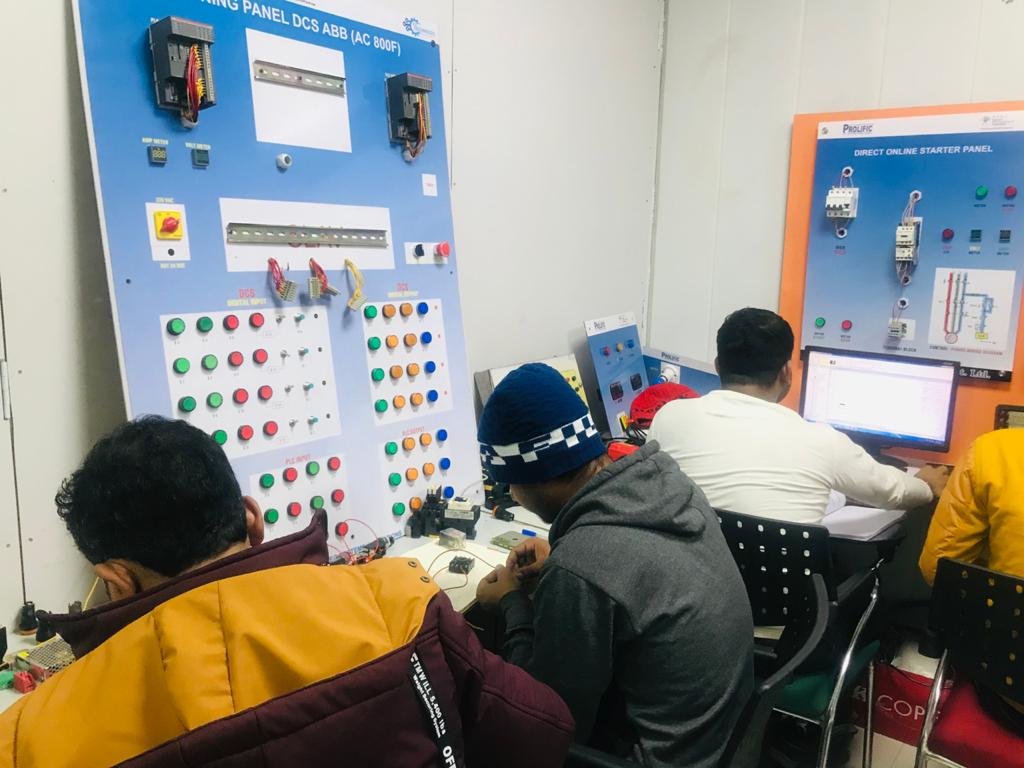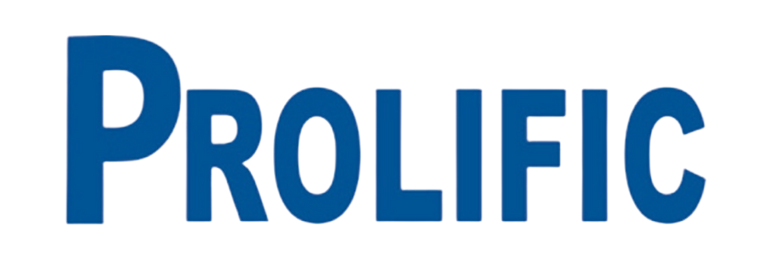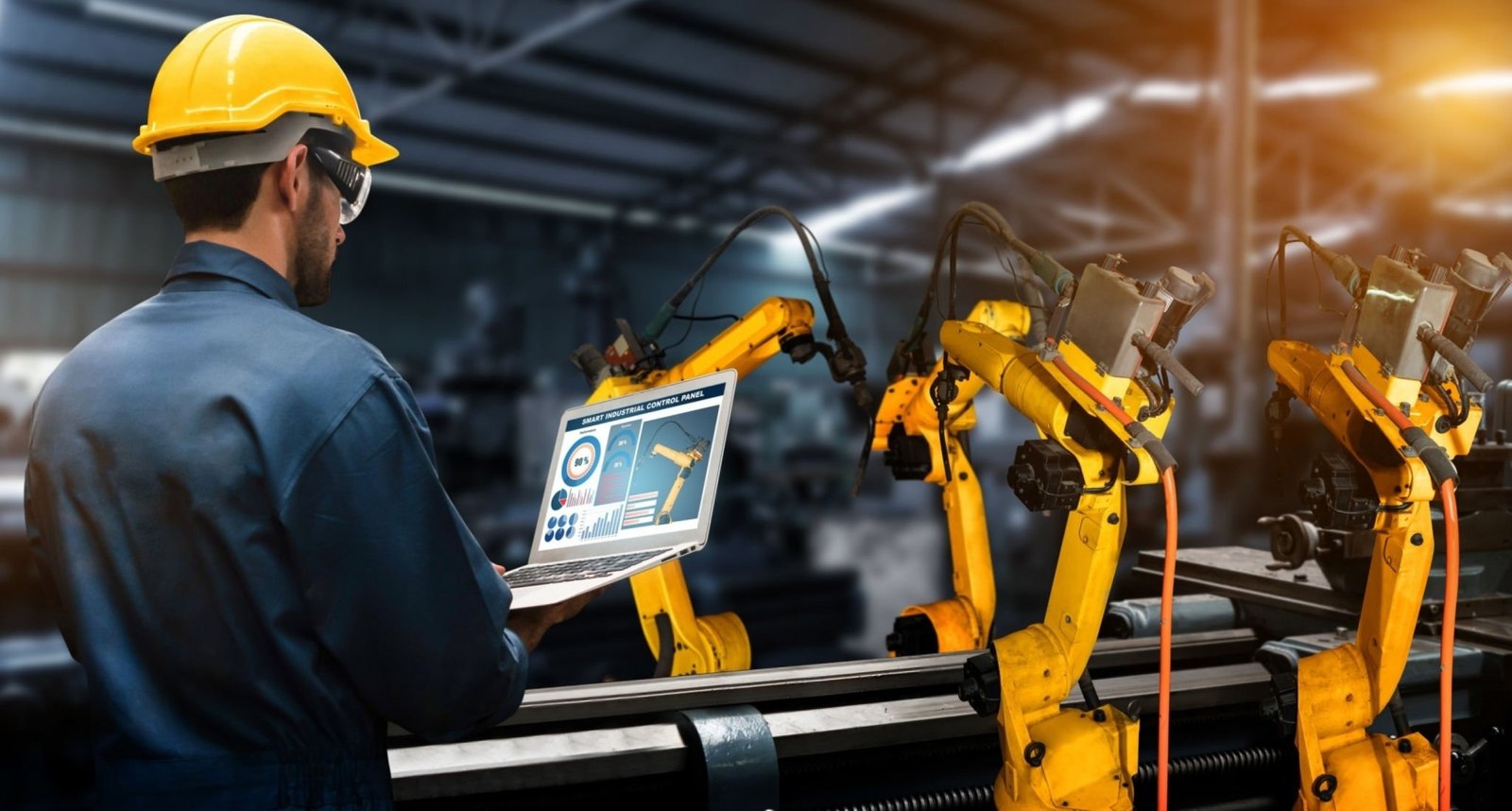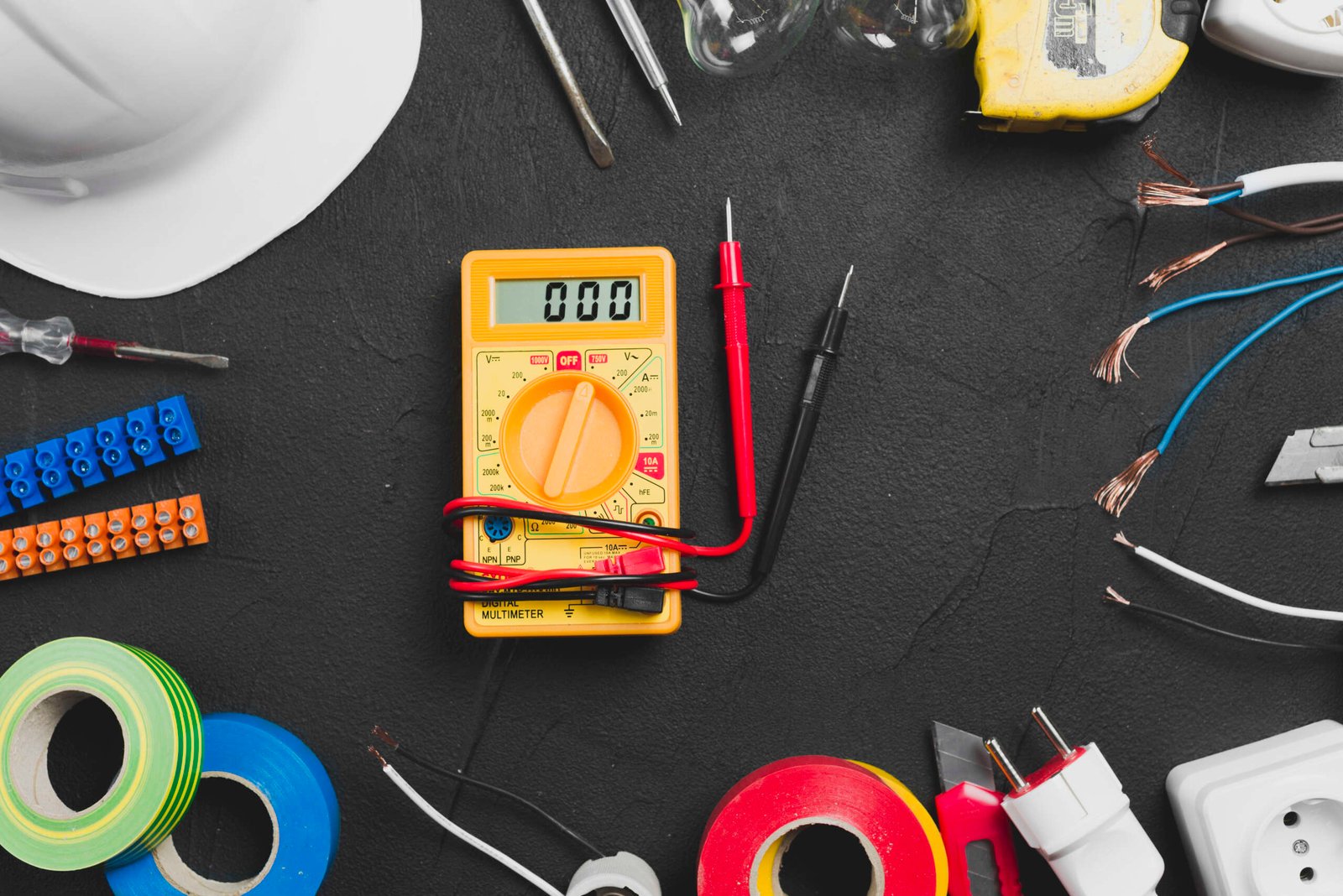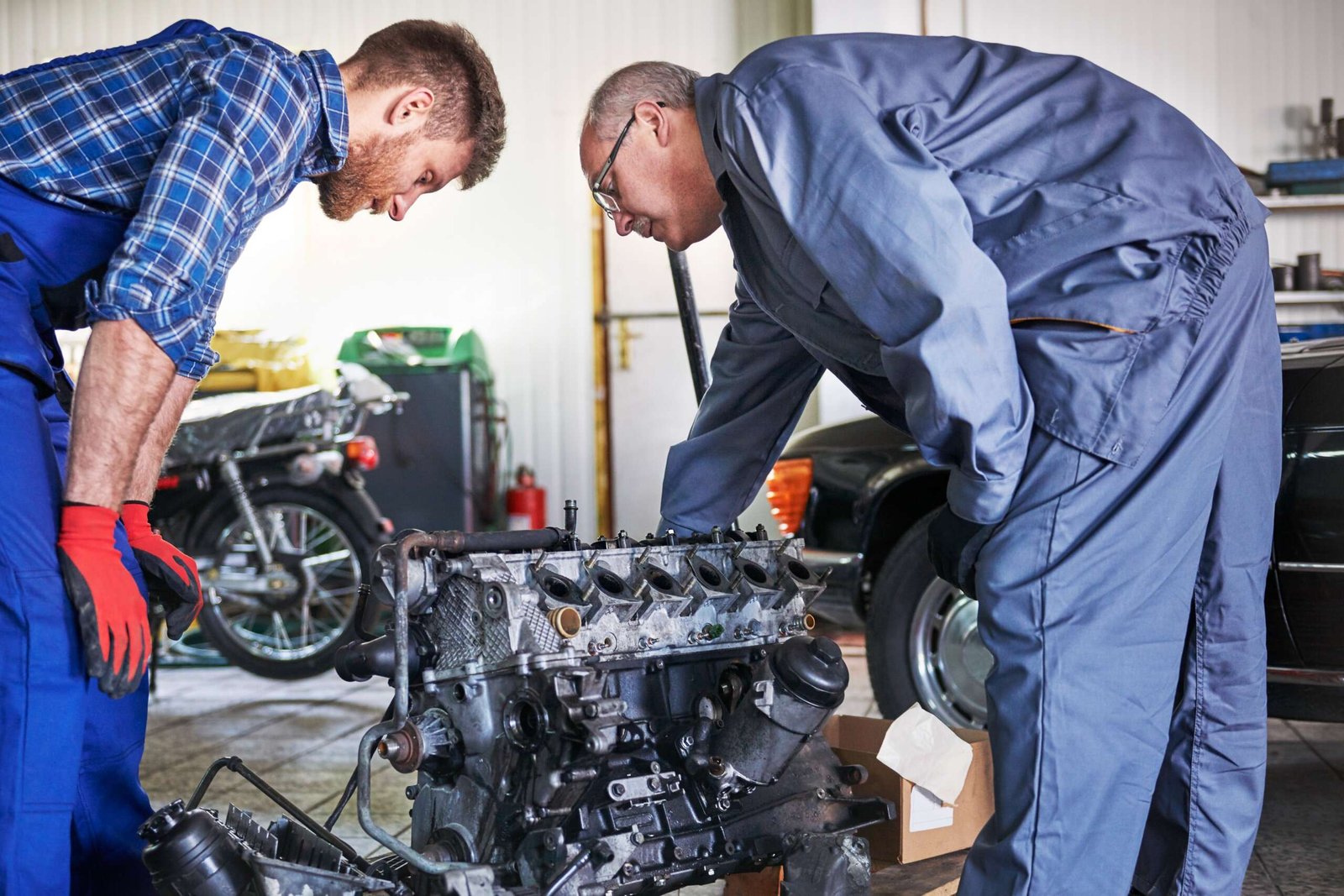PGDAMS - Post Grad. Diploma in Advanced Mechanical Systems
- Home
- Our Courses
- Automation
- Mechanical Training Programs
- PGDAMS - Post Grad. Diploma in Advanced Mechanical Systems
The Post-Graduate Diploma in Advanced Mechanical Systems (PGDAMS) is an intensive program focused on enhancing the abilities of mechanical engineers by equipping them with the knowledge of the latest advancements in the field. The course covers advanced topics including Robotics, Computer Aided Design (CAD), Manufacturing Systems, and Computational Fluid Dynamics. This program is specifically designed for individuals seeking to advance their career in the mechanical engineering sector and stay abreast of cutting-edge technologies.

Created by
Prolific Automation
Categories
Electrical - 10th or 12th / ITI
Course Description
“PGDAMS – Post Graduate Diploma in Advanced Mechanical Systems is an intensive, cutting-edge course designed to equip participants with a comprehensive understanding of the latest advancements in mechanical systems. This course encapsulates the essence of mechanical engineering, including system dynamics, advanced automation, and state-of-the-art design techniques. It is ideal for those seeking to enhance their knowledge and skills for a transformative career in industries deploying advanced mechanical systems.”
What you’ll learn
- Advanced Concepts: Gain in-depth understanding of the advanced concepts of mechanical systems, like system dynamics, thermal analysis, and power transmission.
- Advanced Automation: Learn the nuances of advanced automation technologies, their application in modern mechanical systems, and the principles of machine design.
- Design Techniques: Master the state-of-the-art design techniques used in the industry today. Learn to use CAD/CAM tools and design innovative solutions for complex problems.
- Real-World Applications: Understand the real-world applications of advanced mechanical systems across various industries, preparing you for a broad range of career opportunities.
Defining pumping systems
• Characteristics
• Positive Displacement family, Centrifugal pumps, Rotary pumps
• Pump Fundamentals, Pump Performance parameters and curves
• Parallel pumps
• Series pumping
• Pump vibration
• How pumps get damaged – 10 Ways
• Monitoring and Predicting Centrifugal Pump performance
• Predicting pump performance
• Preventive maintenance
→ Preventing bearing and seal failures
• Trouble shooting of centrifugal pumps
→ Centrifugal pumps – Troubleshooting guide
• Trouble shooting of Reciprocating Pumps
• Alignments Techniques
→ Types of Misalignment
→ Measurement Conventions
→ Pre-alignment Steps
→ 4 steps of alignment
→ Things to watch if alignment still does not happen
→ A few helpful tips
• Pump mounting
• How to start a pump
• Checklist
• 3 golden rules of Compressed Air usage
• Compressed air system – Supply side and Demand side
• Compressed air – One of the most expensive utilities on the shop floor
• Inappropriate use of compressed air
→ Open blowing
→ Sparging, Aspirating, Atomizing
→ Padding
→ Vacuum generation
→ Hand blowing
→ Unregulated End use
→ Abandoned equipment
• Potential for energy saving
• Overview of sub-systems and sub-components of a compressor system
→ Intake Air Filters
→ Compressed Air Filters
→ Why compressor cooling is required
→ Inter stage coolers
→ After coolers
→ Separators
→ Why air drying is essential
→ Air Dryers
→ Deliquescent air dryers
→ Refrigerated Air Dryers
→ Moisture drain traps
→ Air receiver
→ Lubrication
→ Heat recovery
→ Air distribution system
• Types of compressors
• Choice of compressors
• Reciprocating compressor
→ Single acting air cooled
→ Double acting water cooled
• Rotary compressor
→ Single stage
→ 2 stage
→ Screw Compressors
→ Lubricant injected
→ Oil free
• Centrifugal air compressors
• Compressor Prime Movers
• Comparison of compressors
• Capacity of a compressor
• Calculating compressor efficiency
→ Isothermal efficiency
→ Volumetric efficiency
• vLeaks
→ Defining and Quantifying leakage
→ how to calculate leakage
→ Cost of leakage
→ Leak detection
→ Ultrasonic leak detection
→ How to stop leaks
• Compressed air system performance opportunity roadmap
• Air quality
• Air quantity
• Load profile
• System pressure
→ Pressure drop and controlling system pressure
→ What causes pressure drop?
→ Minimizing pressure drop
→ Measurements necessary for pressure profiling a compressed air system
→ Stabilizing system pressure
→ Importance of Primary and Secondary Storage
→ Dedicated compressors
• Control strategy
→ Matching Demand and Supply
→ System controls
→ Multiple compressor controls
→ Pressure/Flow controllers
→ Variable loads
• Ensuring efficiency of compressed air end-use applications
• Heat recovery and compressed air systems
→ Air cooled, rotary screw compressors
→ Water cooled compressors
• Calculating cost of compressed power
• The 7 step action plan to analyse and improve compressed air system
• Tools needed for monitoring and base-lining compressed air system
• Using Power, Pressure, and Flow to base-line System Performance and Energy Consumption
• Maintaining air compressors
→ Lubrication
→ Cleaning
→ Belts
→ Air treatment equipment
→ Automatic traps
→ Point-of-use filters, regulators, lubricators
→ Shutting down for maintenance
→ Routine maintenance practices for various periodic frequency
• Energy saving ideas for compressor air system
→ Energy saving concept – Usage of VFD
Reading nomenclature of compressors
• Types of valves
→ Plate type
→ Finger type
• Loading and Unloading characteristics of compressors
• Types of unloading devices
• Types of Drainage systems
• Mounting
→ Horizontal
→ Vertical
• Type of lubrication
→ Soft
→ Outside
• Non lubricated compressor
• Foundation
• Condition monitoring
→ Temp analysis
→ Vibration analysis
→ Alignment analysis – axial and radial (laser based)
• Preventive / Predictive maintenance
• Breakdown maintenance
• Trouble shooting
• Checklist
• Type of gear box
• Selection of gear boxes
• Comparison of gears and their applications
• Installation gear box system
• Alignment
• Back lash (use of filler gaugaes)
• Starting of gear box system
• Analysing gear box failure
• Lubrication with various oils
• Maintenance schedules of gear boxes
• Condition monitoring
→ Bearing temp
→ Vibration
→ Back lash checking
→ Amps current to check load on the motor
→ Thermography
• Types of industrial fans and blowers
• Comparison and their applications
• Selection criteria
• Fan system characteristics
• Fan performance evaluation
• Air flow measurement and calculation
• Methods to reduce air flow
• Predictive and preventive maintenance
• Condition monitoring techniques
• Types of bearings
• Selection of bearings
• Bearing nomenclature and terminology
• Types and techniques used for Mounting and dismounting of bearings
• Industrial practices for Bearing Care
• Safety during bearing mounting
• Do’s and Don’ts of bearing usage and handling
• Lubrication of bearings
• Bearing life cycle
• Why alignment
• What is shaft alignment
• Types of couplings
• Types of misalignment
• Signs of misalignment
• Measuring misalignment
• Pre-alignment steps
• Alignment targets
• Alignment tolerances
• Soft foot
• Usage of shims
• Alignment of shafts
• Alignment of belt driven system
• Rules of thumb and tips
• Introduction
• Why Diesel Generator is required
• Type of diesel generator
• Parts of diesel generators
• Starting procedure of a diesel generator
• Pre-starting checks
• How to start DG set
• After starting checks
• Running parameters Stopping
• Protection devices
• Stopping procedure for a DG set
• Trouble detection and trouble shooting
• Why maintenance routine is required.
• Maintenance routine of diesel generator set
• Ill effects of under load running of a Diesel generator
• Generator glossary
• Preventive maintenance, shut down maintenance of DG sets
• Condition monitoring of DG sets
• Fundamentals of hydraulics: Basics of water and oil hydraulics
• Hydraulic system accessories: Reservoirs, filters, coolers, Instrumentation and accumulators
• Principle construction and working of components
• Hydraulic pumps: Pump basics positive & non-positive displacement pumps
• Pressure control: relief, reducing, regulating valves
• Flow control: FCV, non-return valves
• Actuators: Linear actuators, hydraulic motors, Hydraulic drives.
• Direction control valves: Direct operated, pilot operated
• ISO symbol and hydraulic circuit reading
• Performance evaluation and testing of Hydraulic pumps, Relief & DC valves
• Principle of solenoid valves
• Working principles of proportional valves and servo valves
• Interpretation and discussions of electro-hydraulic circuits in plant machinery
• Material handling system
• Proportional variable pump control system
• General troubleshooting and maintenance
• Theories of compressed air
• Operation & function of Pneumatic system components
• Design & drawing of air symbols
• Simulation of movement phases & function phases
• Drawing air circuits according to standards
• Dryers, air receivers
• Compressors
• Pneumatic actuators
• Air distribution systems
• Directional valves
• Flow valves
• Fault-finding & trouble shooting of compressed air control circuits
• Guidelines for industrial safety
• Introduction to Industrial Automation
• Role of PLC in automation
• Various systems used in automation
• Comparison between various automation system
• Introduction to PLC hardware,
• Architectural Evolution of PLC,
• PLC Fundamentals – (Block diagram of PLC’s),
• Information about various PLC components
→ Power supply, CPU, I/O modules and
→ Communication bus
• Introduction to Allen Bradley PLC system
• Various ranges available in Allen Bradley PLC system
• Detailed information about the CPUs, I/O modules and communication techniques used in Allen Bradley
• Connection of field inputs to PLCs
• Source and Sink concepts in PLCs
• Introduction to RS Logix PLC Programming S/W
→ Addressing Concepts in AB PLC
→ Introduction to Bit Byte and Word Concept
→ Concept of flags
→ Scan cycle execution
→ Various commands used in PLC programming
• Programming instructions arithmetic and logical
→ Load / and / or /out / and Read / Write
→ Compare / Add / Sub /And / Or – Blocks
→ Leading edge / trailing edge instructions
→ MOVE block application
• Programming instructions arithmetic and logical
→ Timer Blocks programming
→ Counter Block programming
→ File handling
→ Comment functions
• Upload, download, Monitoring of programs
• Programming instructions arithmetic and logical
→ Advanced instructions
• Documenting the projects
• Forcing I/P & O/P
• Monitoring / Modifying data table values
• Troubleshooting and fault diagnostics of PLC
→ Hardware fault detection
→ Replacing the faulty modules
→ Fault detection using RS Logix
• What is SCADA / HMI?
• Applications of SCADA / HMI.
• Info about leading SCADA companies
• Types of SCADA packages
• Licensing pattern
• Creating a new SCADA application development
→ Creating Database of Tags
→ Creating Windows / Mimic pages
→ Creating and Editing graphic display
→ Animating the objects
• Creating Real-time and Historical Trends
• Creating Alarm and Events
• Writing scripts
• Securities
• Communication technique used with SCADA / HMI system
• Communication with hardware
• Working On Line / Off Line
• Troubleshooting the application
• General
→ Purpose of instrumentation
→ Basic measurement concepts
→ Measurement Practices
→ Sensors- Inductive / Capacitive, Proximity, Ultrasoni
→ Introduction to various sensors used in the industry
→ Introduction to Temperature, Pressure and Flow measurement
→ Selection, Installation and Commissioning guidelines
→ Troubleshooting and Maintenance Guidelines
